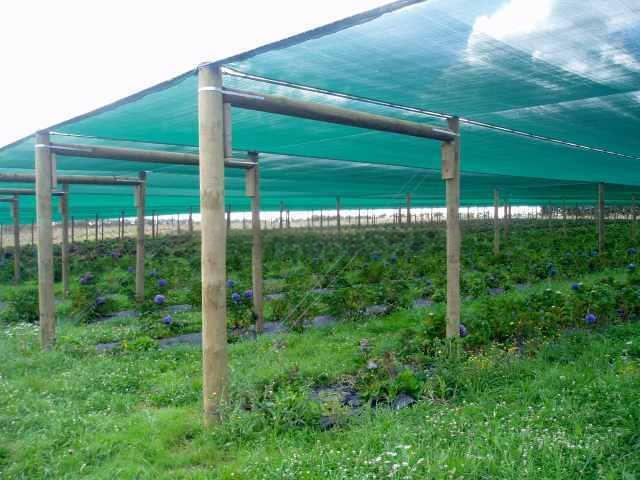Maximizing Your Vegetable Garden's Potential with Shade Cloth: Benefits, Tips, and Installation Guide
Using shade cloth over your vegetable garden can significantly enhance your gardening experience. This simple yet effective tool helps protect your plants from harsh sunlight, excessive heat, and pests. In this article, we will explore the benefits of using shade cloth, how to choose the best one for your needs, and provide a step-by-step guide for installation. Whether you're a seasoned gardener or just starting out, incorporating shade cloth can maximize your garden's potential.

Benefits of Using Shade Cloth in Vegetable Gardens
Shade cloth provides numerous benefits for vegetable gardens, making it an essential tool for gardeners. Here are some key advantages:
- Temperature Regulation: Shade cloth helps maintain optimal temperatures by blocking excessive sunlight, which is crucial during hot summer months.
- Protection from UV Rays: It filters harmful UV rays, preventing leaf burn and improving plant health.
- Pest Control: By creating a barrier, shade cloth can deter common garden pests like insects and birds.
- Water Conservation: Shade cloth reduces water evaporation, ensuring that your plants stay hydrated longer.
- Extended Growing Season: With shade cloth, you can protect your plants from early frosts and extend the growing season.
Choosing the Best Shade Cloth for Your Vegetable Garden
Selecting the right shade cloth is vital for achieving the best results. Consider the following factors:
- Shade Percentage: Different plants require different levels of shade. For most vegetables, a 30-50% shade cloth is ideal.
- Material: Look for durable, UV-stabilized materials that can withstand the elements.
- Color: Darker colors provide more shade, while lighter colors offer better light diffusion. Choose based on your garden's specific needs.
- Size: Ensure the shade cloth is large enough to cover your garden area adequately.
How to Install Shade Cloth in Your Vegetable Garden
Installing shade cloth is a straightforward process. Follow these steps:
- Measure Your Garden Area: Determine the dimensions of the area you want to cover.
- Select a Support Structure: Use poles, frames, or existing structures like fences to support the shade cloth.
- Attach the Shade Cloth: Secure the cloth to the support structure using clips, ties, or staples. Make sure it is taut but not overly tight.
- Adjust as Needed: Check the coverage and make any necessary adjustments to ensure even shading.
Tips for Using Shade Cloth Effectively
To maximize the benefits of shade cloth, consider these tips:
- Monitor Plant Needs: Different plants have varying shade requirements. Adjust the shade cloth position or percentage accordingly.
- Secure Properly: Ensure the shade cloth is securely fastened to prevent damage from wind or heavy rain.
- Regular Maintenance: Check for wear and tear regularly and make repairs as needed to maintain effectiveness.
- Combine with Other Tools: Use shade cloth in conjunction with mulch and proper watering techniques for optimal results.
Conclusion
Incorporating shade cloth into your vegetable garden is a simple and effective way to enhance plant growth and protect your crops. By selecting the right shade cloth, installing it correctly, and following practical tips, you can ensure your garden thrives even under challenging conditions. Start using shade cloth today and enjoy a healthier, more productive vegetable garden.

